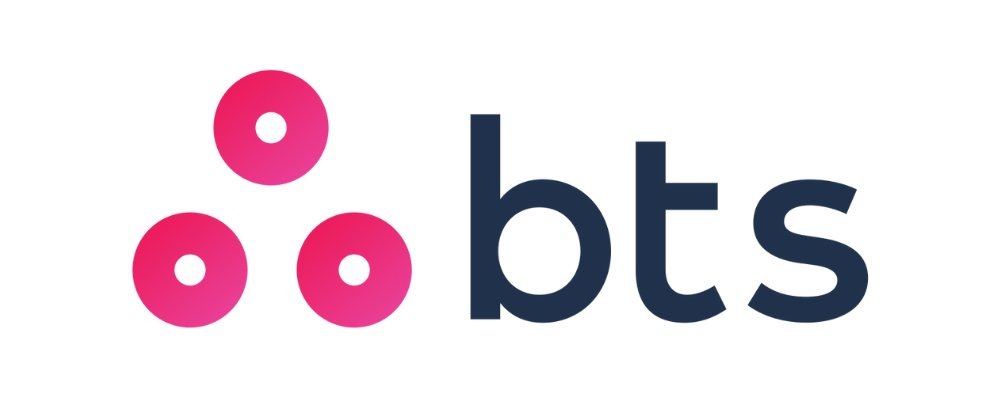
In the dynamic landscape of corporate culture, an engaged workforce isn’t just a nice-to-have; it’s a necessity for fostering growth and competitive advantage. According to Gallop research, companies with high engagement levels see 17% higher productivity, 20% higher sales, and 21% higher profitability compared to companies with low engagement levels. Towers Watson found that companies with high engagement levels enjoy a 6% higher net profit margin, and organizations with highly engaged employees experience a 3x increase in operating margins.
These compelling figures underscore a crucial insight: engagement isn’t merely a metric; it’s a powerful driver of business success. Understanding how engaged your employees are provides critical business information if you want to deliver revenue and growth impact. The challenge is getting that insight in a timely, accurate, and nuanced reflection of the flow of work.
Traditionally, annual engagement surveys have served as the bedrock for measuring employee sentiments and have become standard practice at many companies. But they have their limitations, and as the workplace evolves, so must the approach to measuring and analyzing this. This brings us to the next generation of employment engagement tools, which offer leaders robust and actionable insight into employee engagement.
Standard engagement surveys: a useful but limited perspective
Engagement surveys are typically conducted annually or bi-annually, offering a snapshot of employee sentiment at a single point in time. This is a useful check point, but it means that leaders miss insights from tapping into employee sentiment at multiple points throughout the year. This can delay the identification and resolution of issues that affect employee satisfaction and productivity.
Annual engagement surveys also typically aggregate individual responses to gauge the team’s temperature, potentially glossing over crucial differences among smaller teams and functions. For instance, a high score in one team might mask serious challenge in another, leading to misguided or ineffective interventions. Another drawback is the one-way nature of the insights. Employees fill out the survey, but don’t have an opportunity have a dialog about their experiences, and leaders can’t respond back, beyond a broad-brush plan to address the overall results.
A new era of employee engagement insights: continuous, real-time feedback
Modern tools for employee engagement represent a seismic shift in how companies connect with their workforce—and BTS is thrilled to introduce YUMI into the BTS portfolio. YUMI is a platform that empowers organizations to drive change at scale through real-time feedback. By continuously gathering data on employees’ experiences and opinions, the platform consolidates this information and shares it back with both individuals and the organization. This enables everyone to adjust and explore new ways to support the adoption of new behaviors. YUMI provides a real-time, comprehensive view of employee sentiment and what is required to transform ways of working. It identifies issues as they arise and fosters a two-way flow of information, driving action. Unlike traditional surveys, YUMI collects data over an extended period (4-6 weeks), ensuring more reliable insights that reflect trends rather than isolated events.
What a better view of employee engagement gets you
Consider the value of these elements in improving your employee engagement:
- Uncovering points of leverage: One of the critical features of an engagement platform is social network analysis. This capability helps pinpoint where friction points and enablers within the organization lie and identify individuals who can either impede or drive change. Such insights are invaluable as they enable targeted interventions that can help foster a more cohesive and motivated workforce.
- Reaching every corner of the organization: Another significant advantage of modern engagement tools is their ability to connect with dispersed employees—those not typically reached by standard methods. It can be a challenge when you are trying to reach distributed workforces – like shop floors, retail stores, warehouses, delivery fleets, home offices, where employees might feel disconnected from the heart of the organization. Engagement platforms can bridge this gap, ensuring that every voice is heard, and every sentiment is accounted for, enhancing the inclusivity and effectiveness of engagement strategies. YUMI aggregates data that are useful for the users that generate them, making the data more reliable and actionable.
- Making change a social endeavor: An important outcome of the increased engagement and interaction enabled by a platform like this is that it serves to make change a social endeavor, shifting it from a transactional business activity to an individual and a team effort, helping to shape a more dynamic, responsive corporate culture. By providing each user with insights and recommendations based on the data collected, YUMI engages users in improving their own awareness and self-regulation. This transforms the act of tracking data into a collaborative effort of listening and acting together, reducing the need for final reports and disseminations.
Building on the best of both worlds
Integrating modern engagement tools with traditional surveys leverages the strengths of both approaches. There is still an important role for engagement surveys, whether it be to provide data to the Board or track overall trends, while adding depth and timeliness to the insights gathered. For example, a company could continue its traditional surveys to provide annual reporting requirements while implementing more frequent, targeted campaigns using a tool like YUMI to address specific issues or departments.
The challenge for today’s leaders is clear: to engage a diverse, often global workforce in meaningful ways that promote long-term organizational health and employee satisfaction. As we look forward, the integration of innovative engagement tools into the corporate strategy will be a pivotal leadership tool, enabling your organization to thrive amidst constant change.
“BTS is a human-centred consulting firm that helps the world’s leading companies turn strategy into results. We design fun, powerful experiences that have a profound and lasting impact on people and their careers. We inspire new ways of thinking. We build critical capabilities. In short: We unlock success.”
Please visit the firm link to site



